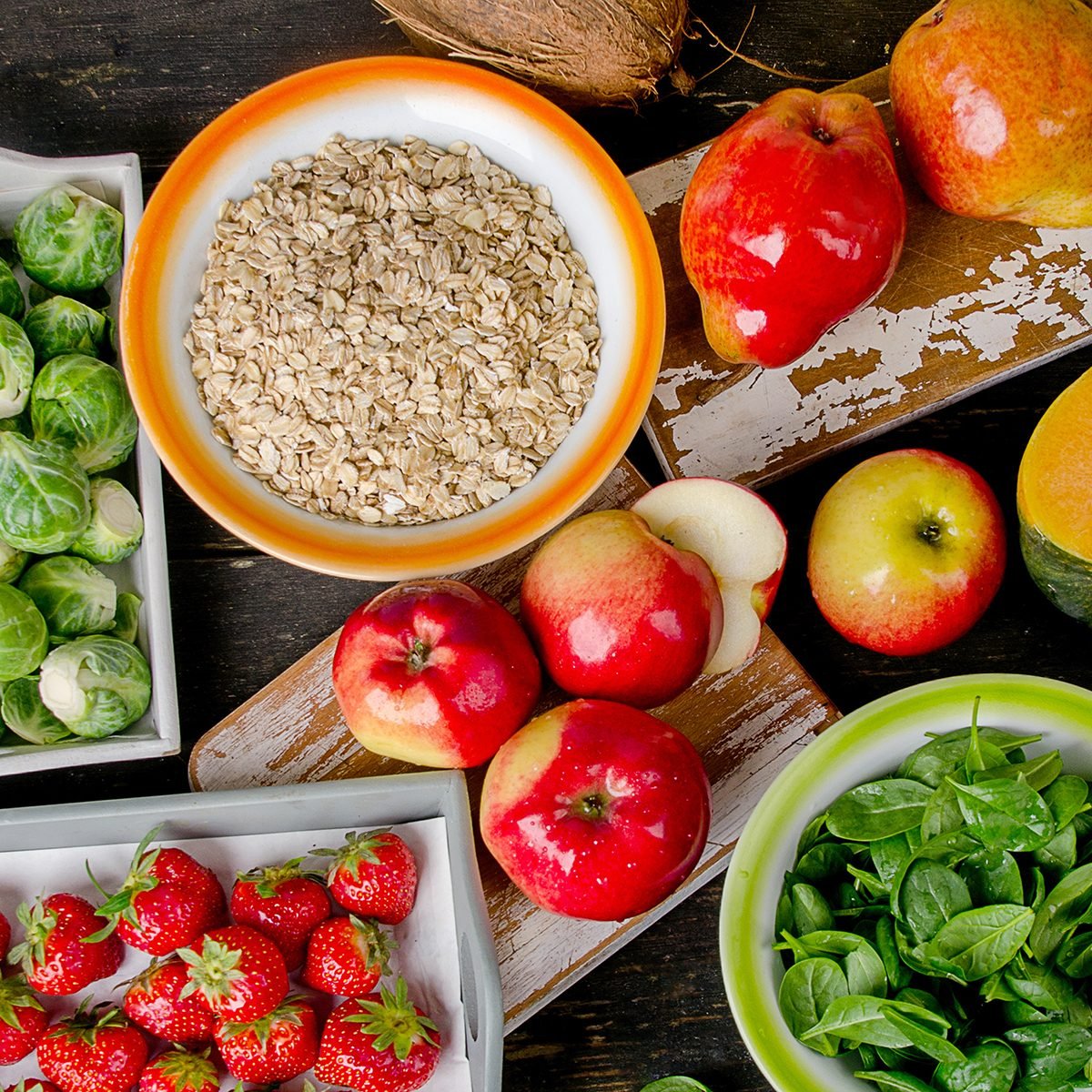Excessive abdominal fat, or visceral fat, is a uniquely harmful type of fat distribution that is linked to an increased risk of cardiometabolic diseases like type 2 diabetes and heart disease.
For this reason, your waist size and waist-to-hip ratio may be much stronger markers of health than your weight.
Cutting refined carbs, eating more protein and fiber, and reducing stress (which can reduce cortisol, a stress hormone that triggers abdominal fat deposition) are all strategies that may help you get rid of belly fat.
One type of belly fat — referred to as visceral fat — is a major risk factor for type 2 diabetes, heart disease, and other conditions.
READ ALSO: Vaginal Detox and Everything You Need to Know About Vaginal Steaming
Many health organizations use body mass index (BMI) to classify weight and predict the risk of metabolic disease.

However, this is misleading, as people with excess belly fat are at an increased risk even if they look thin
Though losing fat from this area can be difficult, there are several things you can do to reduce excess abdominal fat.
Here are the best tips to losing belly fat:
1. Eat plenty of soluble fiber
Soluble fiber absorbs water and forms a gel that helps slow down food as it passes through your digestive system.
READ ALSO:5 Best Things Guys Like To Hear From Their Girlfriends
Studies show that this type of fiber promotes weight loss by helping you feel full, so you naturally eat less. It may also decrease the number of calories your body absorbs from food

What’s more, soluble fiber may help fight belly fat.
An observational study in over 1,100 adults found that for every 10-gram increase in soluble fiber intake, belly fat gain decreased by 3.7% over a 5-year period.
Make an effort to consume high fiber foods every day. Excellent sources of soluble fiber include:
- flax seeds
- shirataki noodles
- Brussels sprouts
- avocados
- legumes
- blackberries
SUMMERY: Soluble fiber may help you to lose weight by increasing fullness and reducing calorie absorption. Try to include plenty of high fiber foods in your weight loss diet.
2. Avoid foods that contain trans fats
Trans fats are created by pumping hydrogen into unsaturated fats, such as soybean oil.
They’re found in some margarines and spreads and also often added to packaged foods, but many food producers have stopped using them.
READ ALSO: What is IVF and how can you prepare for it?
These fats have been linked to inflammation, heart disease, insulin resistance, and abdominal fat gain in observational and animal studies

A 6-year study found that monkeys who ate a high trans fat diet gained 33% more abdominal fat than those eating a diet high in monounsaturated fat.
To help reduce belly fat and protect your health, read ingredient labels carefully and stay away from products that contain trans fats. These are often listed as partially hydrogenated fats.
SUMMARY
Some studies have linked a high intake of trans fat to increased belly fat gain. Regardless of whether you’re trying to lose weight, limiting your intake of trans fat is a good idea.
3. Don’t drink too much alcohol
Alcohol can have health benefits in small amounts, but it’s seriously harmful if you drink too much.
Research suggests that too much alcohol can also make you gain belly fat.
Observational studies link heavy alcohol consumption to a significantly increased risk of developing central obesity — that is, excess fat storage around the waist.

Cutting back on alcohol may help reduce your waist size. You don’t need to give it up altogether, but limiting the amount you drink in a single day can help.
One study on alcohol use involved more than 2,000 people.
Results showed those who drank alcohol daily but averaged less than one drink per day had less belly fat than those who drank less frequently but consumed more alcohol on the days they drank.
SUMMARY
Excessive alcohol intake has been associated with increased belly fat. If you need to reduce your waistline, consider drinking alcohol in moderation or abstaining completely.
4. Reduce your stress levels
Stress can make you gain belly fat by triggering the adrenal glands to produce cortisol, which is also known as the stress hormone.
Research shows that high cortisol levels increase appetite and drive abdominal fat storage.
What’s more, women who already have a large waist tend to produce more cortisol in response to stress. Increased cortisol further adds to fat gain around the middle.

To help reduce belly fat, engage in pleasurable activities that relieve stress. Practicing yoga or meditation can be effective methods.
SUMMARY
Stress may promote fat gain around your waist. Minimizing stress should be one of your priorities if you’re trying to lose weight.
5. Don’t eat a lot of sugary foods
Sugar contains fructose, which has been linked to several chronic diseases when consumed in excess.
These include heart disease, type 2 diabetes, obesity, and fatty liver disease.
Observational studies show a relationship between high sugar intake and increased abdominal fat.
It’s important to realize that more than just refined sugar can lead to belly fat gain. Even healthier sugars, such as real honey, should be used sparingly.
SUMMARY
Excessive sugar intake is a major cause of weight gain in many people. Limit your intake of candy and processed foods high in added sugar.






More Stories
Over 50 Patients Receive Free Treatment at Mama Lucy Kibaki Eye Camp
The Roof ibis Styles Nairobi Westlands: A Subtle Blend of Sophistication and Vibrancy
Africa’s HPV Crisis: Combating Vaccine Hesitancy Amid Rising Cervical Cancer Threat